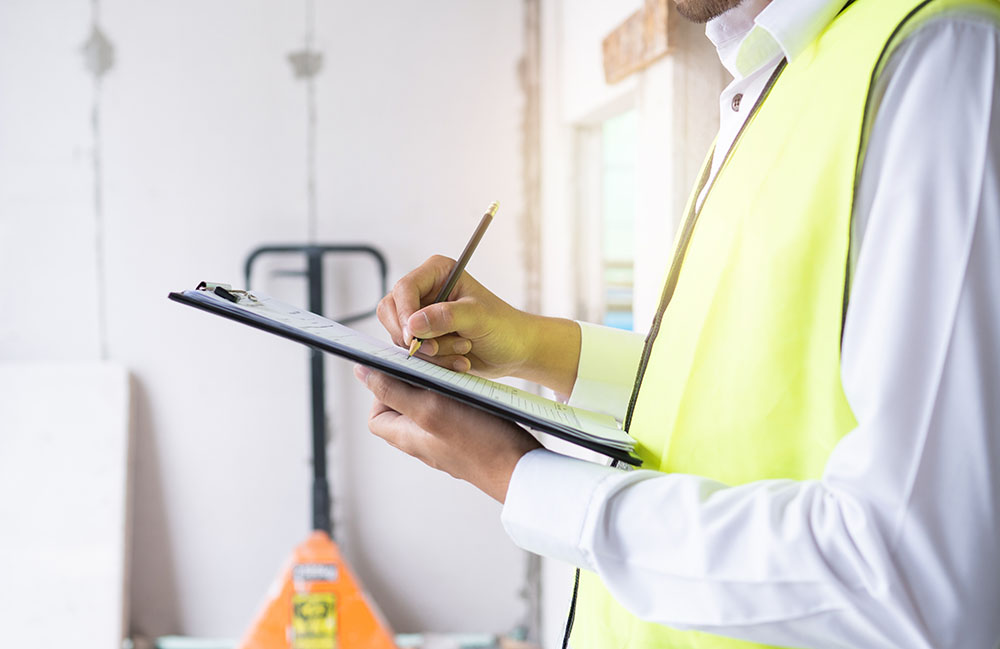With evolving legislation like SB721 and SB326, California’s balcony inspection laws have already placed new responsibilities on property owners.
Read More
Here comes the sun, and with it, the great Californian outdoor living! But hold on – before you kick back on that balcony, have you checked whether it’s up to code? Trust us, avoiding this could lead to a real pickle. If you’re wearing multiple hats – homeowner, property manager or even HOA rep – navigating the maze of local laws can indeed be daunting. But don’t sweat it! This guide is all about California’s Balcony Inspection Laws and how they impact you. We promise no jargon, just straight talk – let’s dive right in!
California’s balcony inspection laws are no joke. They require properties with three or more multifamily dwellings (think condos and apartments) to undergo regular inspections of any elevated exterior elements. That means balconies, yes, but also decks, stairways, and railings.
Whoa there, cowboy! You might be wondering why such legislation exists in the first place. Well, it was borne out of tragedy, unfortunately. The law was a reaction to the unfortunate balcony collapse in Berkeley in 2015 that led to six fatalities. The goal here is safety above everything else.
Every homeowner knows maintenance is the name of the game. But here in sunny California, that takes a new meaning. Here’s a simple rundown of what’s expected under the law:
Don’t Forget Your Mandatory Inspections: It’s important to keep up with regular inspections for your external elevated elements. These inspections should be done every six years to ensure everything is in tip-top shape. So, make sure you schedule them pronto!
Professional Reports: When it comes to inspection reports, it’s important to have the right expertise. That’s why you’ll need an architect, licensed contractor, or structural engineer to prepare your report. And sorry, DIY enthusiasts, Uncle Bob just won’t cut it!
Prompt Repairs: When the report reveals any conditions that pose an immediate risk, it’s crucial to take action promptly. Remember, time doesn’t wait around for anyone.
Alright, now that we have an understanding of the legal requirements let’s chat about who bears responsibility. Wondering if you need to open your wallet? Well, typically, property owners are responsible for inspection costs. But hey, don’t jump the gun! Associations may cover this cost under specific circumstances, so always cross-check your HOA bylaws.
Well, there you have it – a crash course on CA’s Balcony Inspection Laws. Remember, when it comes to balcony safety, an ounce of prevention is worth a pound of cure. It might be tedious, but these laws were designed with everyone’s well-being in mind. So go ahead, take that first step towards compliance– because nobody wants to stand on shaky ground!
With evolving legislation like SB721 and SB326, California’s balcony inspection laws have already placed new responsibilities on property owners.
Read MoreThis article dives into why insurance companies are increasingly focused on balcony inspection reports and how proactive maintenance can help...
Read MoreWith evolving legislation like SB721 and SB326, California’s balcony inspection laws have already placed new responsibilities on property owners.
Read MoreAs of January 1, 2019, SB721 officially took effect. And with it came a big shift in how property owners...
Read MoreTo provide the best experiences, we use technologies like cookies to store and/or access device information.